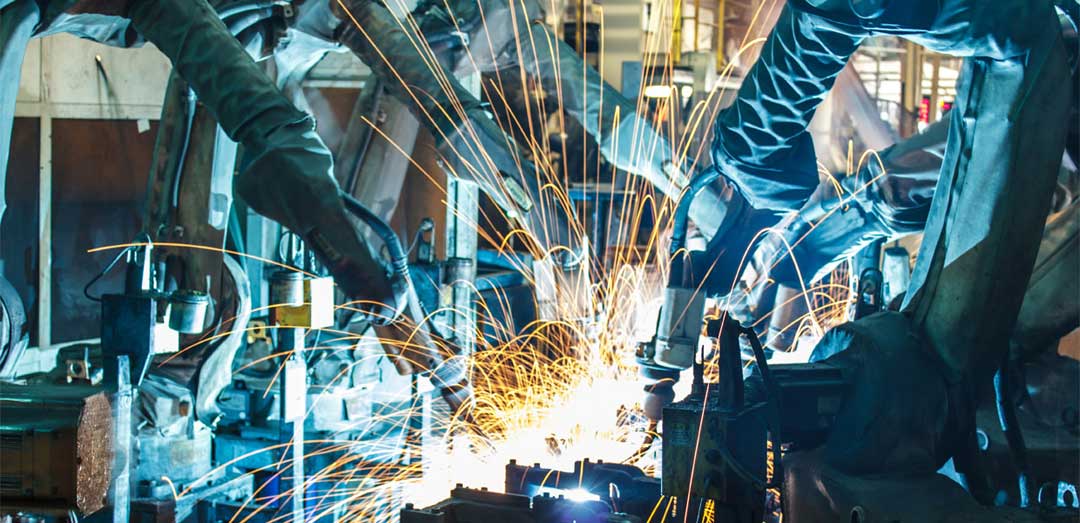Common Industrial Motion Controller Applications

Indexing occurs when a motor rotates a table at a preset angle to facilitate effective drill operation. Let’s take an example of a conveyor carrying boxes that need to be filled with products. In such an application, the conveyor is moved forward to a predetermined distance and when the index is completed, the conveyor stops and the box is filled. The sequence is repeated once the box is filled as required. Indexing also applies in stamping of products from a role of materials like the press feeder or sheet metal. The unwounded product referred to as the web is passed through the machine and moved forward to a predetermined distance before stopping where the products are stamped through pressing. Industrial motion controller indexing applications must move to the predetermined distance within the given time. Note that, the motion can be made smoother by adopting a deceleration or acceleration profile. Motion is controlled to ensure that every index travels the correct distance.
Flying shear
Flying shear application is used to cut moving products continuously and to a specific length. It is also referred to as followers or reference system where the follower (the whole cutting mechanism) is accelerated to match (the reference) the product speed. Once a cut is achieved, the shear decelerates and reverses to the begin position ready to start the process again. The position and speed of the product being cut is determined by a reference encoder that communicates the reference speed to the motion controller and drive to ensure that the follower synchronizes to it. Note that, if a product feed changes its speed, the cutting mechanism also changes. The flying shear application is common among industries that cut wood and steel sections.
Pick and place
Pick and place application applies in all industries where products must be picked from one location and placed in another location. Such machines are referred to as X-Y tables because they operate across two dimensions. Some pick and place applications require coordination of all axes to ensure that the interpolated motion of the picking and releasing device travels along the required path like a straight line or from one position to the other. This ensures an increase in the performance and efficiency of multi-axis systems and is ideal in applications where cutting processes occur as systems travel along the motion path.
